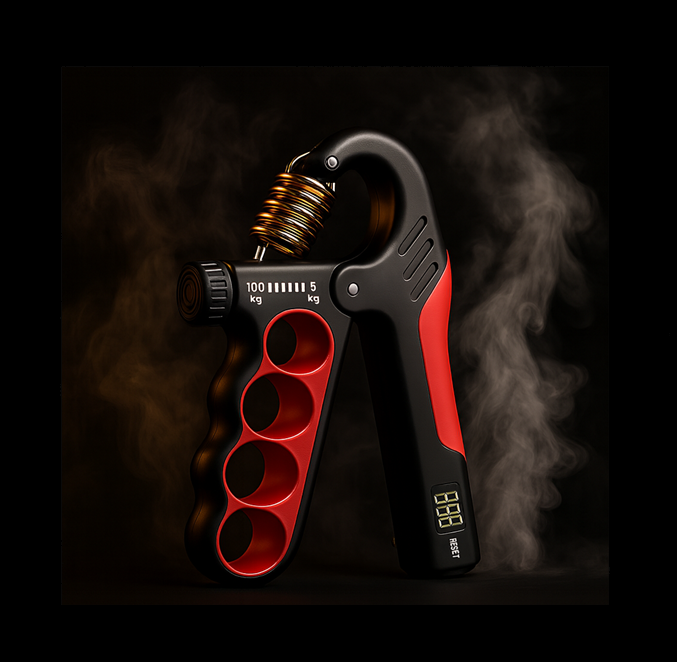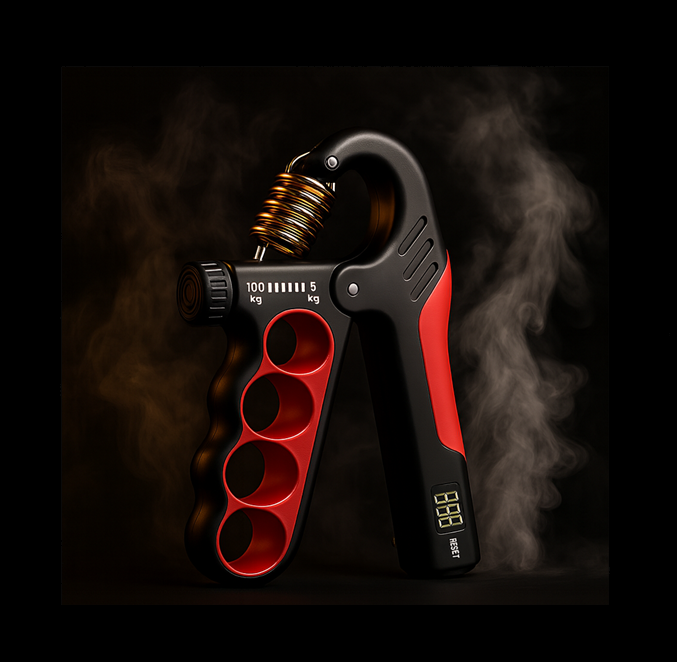Exercises after carpal tunnel release: Regain strength, flexibility, and control
Introduction
Recovering from carpal tunnel release surgery requires patience, consistency, and the right rehabilitation plan. The goal is to restore full movement, strength, and confidence in your hand and wrist without overstraining the healing tissues. A structured approach that combines gentle therapy exercises and gradual strength training ensures lasting results — and that’s where tools like GripXtreme™ come in once you’re ready to rebuild.
If you’ve searched for exercises after carpal tunnel release or carpal tunnel rehab protocol, this guide will walk you through safe recovery techniques and how to transition into controlled resistance training.
***
Looking to improve grip, recovery, or performance? Check out the GripXtreme™ below — the tool changing how people train their hands. Buy it now for just $39!
 BUY NOW
BUY NOW
The importance of Hand Exercises After Surgery
After carpal tunnel surgery, it’s normal to experience stiffness, swelling, or mild discomfort as your body heals. Hand exercises help prevent scar tissue from limiting movement, promote circulation, and maintain flexibility in the wrist and fingers.
Without proper exercise, the wrist joint can lose mobility, and grip strength may decline — making everyday activities like writing, typing, or lifting objects more difficult. That’s why consistent post-surgery hand therapy is a key part of recovery.
Phase 1: Gentle Mobility and Circulation Exercises
In the first few days after surgery (once approved by your healthcare provider), focus on light mobility work. The goal here isn’t to build strength — it’s to encourage movement and prevent stiffness.
Try these basic carpal tunnel release rehab exercises:
1. Finger Flexes – Gently make a loose fist, then open your hand fully, spreading your fingers wide. Repeat 10 times per session, two to three times daily.
2. Wrist Rotations – Slowly rotate your wrist clockwise and counterclockwise several times, avoiding pain or tension.
3. Nerve Glides – Extend your arm outward, palm facing forward, and gently stretch your fingers back toward you. This promotes nerve mobility and reduces tension along the wrist.
Perform these movements slowly, pausing immediately if pain increases.
Phase 2: Strengthening and Function Restoration
After the incision heals and mobility improves (typically after 2–3 weeks), you can begin light strengthening exercises. The goal is to rebuild endurance and coordination in your wrist and forearm muscles.
This is when tools like GripXtreme™ become extremely useful. Start with the lowest resistance setting (5KG) to perform gentle squeezes. Aim for three sets of 10–15 reps per hand, resting between sets.
The adjustable resistance lets you increase difficulty gradually as strength returns. Because GripXtreme™ includes an electronic rep counter, you can track progress and maintain consistency without overtraining.
These short, structured sessions improve blood flow and tendon flexibility, accelerating the return of full grip power.
Benefits of Grip Strength Training After Carpal Tunnel Surgery
Reintroducing grip exercises at the right time has several benefits:
- - Restores coordination between hand and wrist muscles.
- - Rebuilds grip strength safely without overloading the joint.
- - Reduces stiffness and helps prevent recurrence of symptoms.
- - Improves circulation and promotes tissue healing.
The key is progressive resistance — never rushing, but always giving your muscles enough challenge to adapt.
Why GripXtreme™ Is Ideal for Carpal Tunnel Recovery
Many recovery tools offer only fixed resistance, which can be too weak or too strong during different stages of healing. GripXtreme™ solves that problem with its 5–100KG adjustable range, allowing complete control over intensity.
The ergonomic handle ensures comfort during use, even for sensitive wrists, while the reinforced steel spring provides smooth, consistent resistance. Because it’s compact and portable, you can perform short sessions anywhere — at home, in therapy, or during breaks.
As you progress, the same device takes you from therapy-level training to full-strength conditioning, making it a one-stop solution for recovery and performance.
Long-Term Maintenance and Prevention
Once full strength and flexibility return, continuing regular grip training helps prevent future wrist or hand problems. Consistent exercise improves tendon durability and joint stability, keeping your hands healthy long after recovery.
Just a few minutes a day with GripXtreme™ can maintain optimal strength and reduce the risk of carpal tunnel symptoms returning.
Final thoughts
Recovering from carpal tunnel release surgery doesn’t end when the stitches are removed — it ends when your hand feels strong, flexible, and pain-free again. By combining gentle mobility work with progressive resistance, you can ensure a smooth, full recovery.
Start with basic rehabilitation movements, then advance to strength work with the GripXtreme™ 5–100KG Adjustable Hand Gripper once cleared by your therapist. Its precision, adjustability, and ergonomic design make it the ideal bridge between recovery and lasting hand power.
***
Want stronger hands and faster recovery? Meet the GripXtreme™ — the game-changer for grip training. Buy it now for just $39!